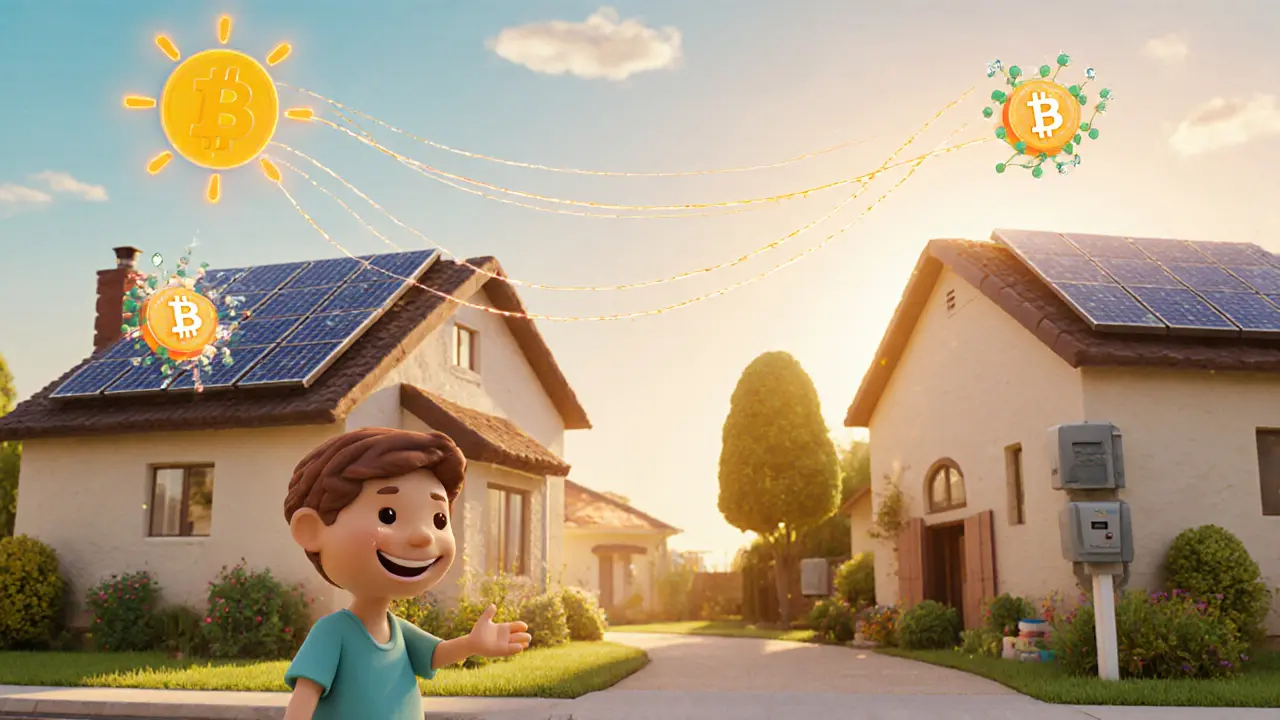Renewable Energy Certificates: What They Are and How They Connect to Crypto and Energy Markets
When you hear renewable energy certificates, digital proof that one megawatt-hour of electricity was generated from a clean source like wind or solar. Also known as green energy credits, they’re used by companies to prove they’re powering operations with renewable sources—even if the actual electricity they use comes from the grid. These certificates don’t move electrons. They move paper—or rather, digital records—that prove someone else generated clean power on your behalf.
Here’s why this matters for crypto: mining Bitcoin and other coins uses massive amounts of electricity. Some miners claim they’re using 100% renewable energy. But without renewable energy certificates, official documentation that confirms clean power was produced and assigned to a specific user, that claim is just words. Countries like Angola have banned crypto mining outright because of grid strain—while others, like Portugal, offer tax breaks for crypto investors who can prove their energy use is green. That’s where carbon offset, a related system where emissions from one activity are balanced by reducing or capturing emissions elsewhere come in. Some crypto projects buy carbon offsets to appear eco-friendly, but without verified renewable energy certificates, it’s easy to greenwash.
There’s also a growing trend of clean energy trading, blockchain-based platforms that let solar farm owners sell excess power and its associated certificates directly to crypto miners or corporations. It’s not just about reducing emissions—it’s about creating new financial incentives. If a miner in Texas buys a certificate from a wind farm in Iowa, that money helps build more wind turbines. That’s real impact. And while most of the posts here focus on exchanges, airdrops, and scams, the underlying energy question is unavoidable: every crypto transaction has a carbon footprint. Understanding renewable energy certificates helps you see who’s truly trying to fix it—and who’s just marketing.
Below, you’ll find real-world examples of how energy policy, crypto regulation, and environmental tracking intersect—from countries shutting down mining to tokenized assets tied to real power generation. These aren’t abstract ideas. They’re shaping who can mine, where, and under what rules.
How Blockchain Enables Energy Markets
Blockchain enables peer-to-peer energy trading, transparent renewable certificates, and smart grid automation-cutting costs, boosting renewables, and giving consumers real control over their energy. This is the future of power.
